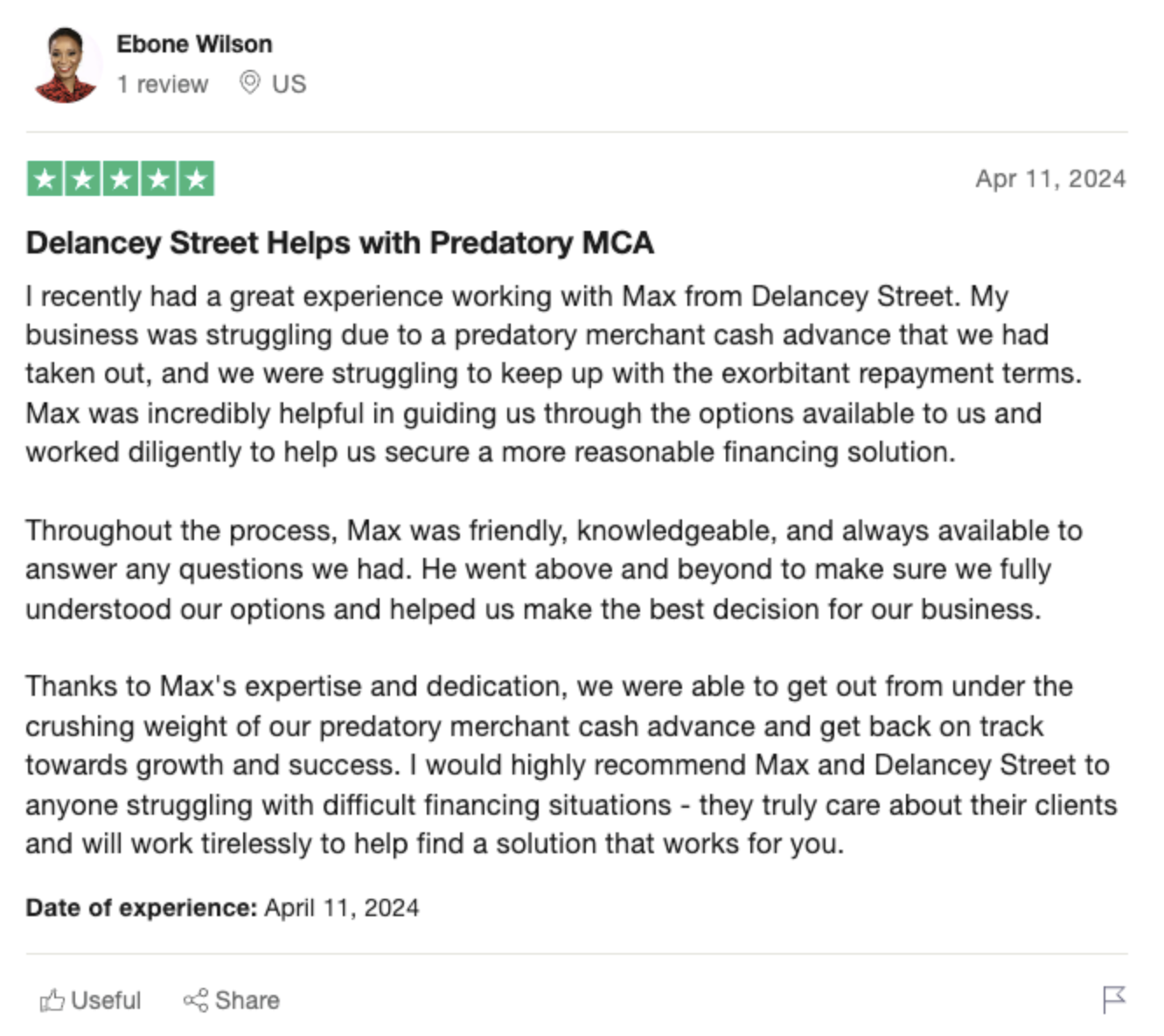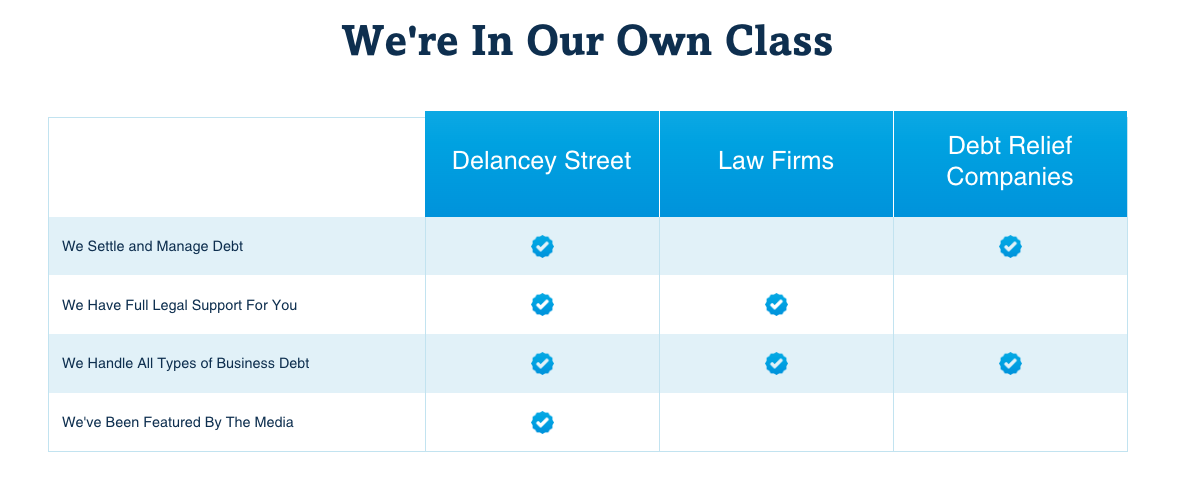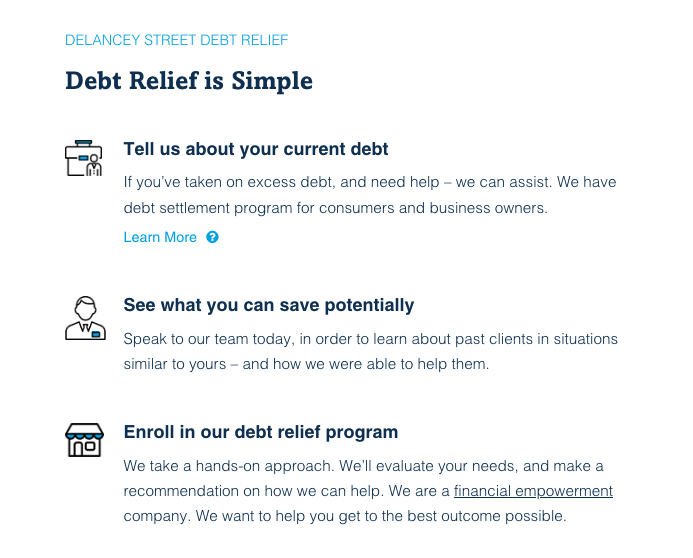SBA Debt Consolidation Loans: A Lifeline for Service Businesses
You know the drill – you started your service business with big dreams and even bigger ambitions. But somewhere along the way, the debt piled up. Equipment loans, credit card balances, outstanding invoices – it‘s a juggling act just to keep up with the payments.But, take a deep breath. There’s a solution that could help you get that debt under control and refocus on growing your business: an SBA debt consolidation loan.So, what exactly is this magical consolidation loan, and how can it benefit your service business? Let’s break it down.
Understanding SBA Debt Consolidation Loans
An SBA debt consolidation loan allows you to roll all your existing business debts into one convenient payment. Instead of writing checks to multiple lenders every month, you’ll have just one loan – with one monthly payment.But here‘s the kicker: these loans are backed by the U.S. Small Business Administration (SBA). That government guarantee makes it easier for lenders to approve your loan, even if your credit isn’t perfect or your business is still finding its footing.And the benefits don‘t stop there:
 -
-- Lower interest rates: By consolidating high-interest debt like credit cards, you could score a much lower rate on your new loan. That means more of your payment goes toward paying down the principal, not just covering interest charges.
- Longer repayment terms: SBA loans often come with repayment terms of up to 25 years for real estate and equipment, or up to 10 years for working capital. Stretching out that repayment schedule can make your monthly dues way more manageable.
- Breathing room for growth: With just one payment to worry about – and ideally a lower one at that – you’ll free up cash flow to invest back into your business. New equipment, expanded services, additional staff…the possibilities are endless when you’re not drowning in debt.
So in a nutshell, an SBA debt consolidation loan could be the lifeline your service business needs to get out from under that mountain of debt and start fresh on the road to success.But like anything worth having, you’ll need to put in a little work to qualify. Let’s talk about what lenders are looking for.
Eligibility Requirements: What Lenders Want to See
While the SBA’s backing makes these loans more accessible than traditional bank loans, there are still some criteria your business will need to meet:1. Time in business
Most SBA lenders want to see that you‘ve been operational for at least 2 years. If you‘re a true startup, you may need to explore other funding options first and come back for an SBA loan once you‘ve established a track record.2. Annual revenues
There’s no hard-and-fast revenue minimum, but lenders generally want to see that your business is bringing in enough to comfortably cover the new loan payment, plus your other operating expenses. The more revenue, the better.3. Personal credit score
Since your personal credit is often used as a stand-in for your business‘s creditworthiness, most SBA lenders will want to see a personal FICO score of 650 or higher. If yours needs some work, be prepared to explain any blemishes and outline your plan for improvement.4. Collateral
For loan amounts over a certain threshold (which varies by lender), you‘ll likely need to pledge some collateral as security. This could be real estate, equipment, inventory – basically any business assets that could be seized if you default. The more collateral you can put up, the better your chances.5. Solid business plan
Lenders want to see that you not only have a plan to get out of debt, but also a strategy for long-term growth and profitability. Your business plan should outline your services, target market, competitive advantages, financial projections, and more.Now, don‘t let this list overwhelm you – very few businesses check every single box. The key is putting your best foot forward and being upfront about any potential weaknesses in your application.Because at the end of the day, lenders want to see that you‘re a good credit risk and have the capacity to make your loan payments on time, every time. If you can make that case compellingly, you‘ll be well on your way to consolidation loan approval.
The Application Process: What to Expect
Okay, you‘ve decided an SBA debt consolidation loan is the right move for your service business. Now what?Well, get ready to break out the paperwork, because the application process for these loans is…let’s just say thorough. Lenders and the SBA want to make absolutely sure they’re making a smart investment, so they’ll ask for a lot of documentation.Here’s a quick overview of what you’ll likely need:
- Personal and business tax returns (for the last 2-3 years)
- Personal and business financial statements (balance sheets, income statements, cash flow projections, etc.)
- Business licenses and registrations
- Commercial leases or real estate deeds
- Personal and business credit reports
- Existing debt schedule (listing all outstanding loans, credit cards, etc.)
- Collateral appraisals and valuations
- Resumes for all owners/partners
- Business plan and projections
Phew, that’s a lot! But don’t get overwhelmed – start gathering everything well in advance, and work closely with your lender to make sure you‘ve checked all the boxes.Once you‘ve submitted your complete application package, it’s time to play the waiting game. The underwriting and approval process for an SBA loan can take anywhere from 30 to 90 days, maybe even longer if your application raises any red flags.
 -
-During this time, the lender (and likely the SBA itself) will scrutinize every aspect of your business’s finances and operations. They may request additional documentation or clarification. The key is to be patient, responsive, and above all, honest – because any whiff of impropriety could derail your application entirely.But if you‘ve done your homework and presented a strong case, you’ll hopefully get that coveted approval notice. Then it‘s just a matter of reviewing and signing your loan documents, and getting that consolidation process started!
Using Your Loan Wisely: Tips for Success
Congratulations, you made it through the SBA loan gauntlet! Your debt consolidation loan has been approved and funded. Take a second to bask in that sweet relief of having just one loan payment to worry about each month.But don‘t get too comfortable – because now the real work begins. An SBA debt consolidation loan is a powerful tool, but it’s up to you to wield it responsibly and strategically to truly get your business’s finances back on track.So as you’re basking in that post-approval glow, keep these tips in mind:
1. Stick to your budget
With all that debt consolidated into one lower payment, you‘re going to have some extra cash flow each month. It’ll be tempting to go on a spending spree, but resist that urge! Instead, create (and stick to) a lean budget that allocates those funds toward growing your business sustainably.
2. Establish an emergency fund
Life happens, and the last thing you want is to get blindsided by an unexpected expense that could jeopardize your ability to make your loan payments. Set aside a portion of your newly-freed cash flow into an emergency fund to protect against any surprises.
3. Pay ahead when possible
Those long SBA loan terms are a double-edged sword – they make your payments manageable in the short term, but you’ll pay a lot more interest over the full life of the loan. If you can afford it, make extra payments toward your principal whenever possible to pay that debt down faster.
 -
-4. Implement stricter financial controls
Sloppy bookkeeping and lack of spending oversight are what got you into debt trouble in the first place. Use this consolidation as an opportunity to tighten up your financial procedures. Implement stricter invoicing and collections policies, keep meticulous records, and monitor your cash flow like a hawk.
5. Focus on growth
The whole point of consolidating your debt was to free up capital to reinvest in your business, right? So put that money to work! Explore new service offerings, upgrade your equipment, hire talented staff – whatever it takes to increase your revenues and profitability for the long haul.At the end of the day, an SBA debt consolidation loan is simply a tool – it’s up to you to use it responsibly to build the thriving, financially-healthy service business you‘ve always dreamed of. Follow these tips, and you‘ll be well on your way.
Exploring Alternative Options
For some service businesses, an SBA debt consolidation loan may not be the perfect fit. Maybe you don’t quite meet the eligibility criteria yet. Or perhaps the application process seems overly daunting.If that‘s the case, don‘t panic – there are other options to explore for getting that debt under control:
 -
-1. Debt restructuring with creditors
This involves negotiating directly with your existing lenders – credit card companies, equipment financers, etc. – to get lower interest rates or modify your repayment terms. It’s not easy, but it could provide some much-needed short-term relief.
2. Debt settlement
If you‘re really in over your head, you may be able to settle certain debts for a lump-sum payment that’s less than what you owe. This will severely impact your credit, but it’s an option for stopping the bleeding if you’re facing bankruptcy.
3. Debt consolidation loan from online lender
Online “alternative” lenders have much less stringent requirements than the SBA, though their interest rates are often much higher as a result. These could work for smaller debt loads that you can pay off relatively quickly.
4. Business credit cards with 0% intro APR
If you have good credit, you may be able to score a new business credit card with a 0% introductory APR promotion. Use it to consolidate your balances interest-free for 12-18 months while you get back on your feet.
5. Merchant cash advance
As a last resort for very short-term cash flow needs, a merchant cash advance provides an upfront lump sum in exchange for a percentage of your future credit card sales. Extremely expensive, but it could buy you some time.The right solution for your service business will depend on factors like your credit profile, cash flow situation, and overall debt load. But don’t just ignore those balances piling up – that’s a recipe for disaster.At least explore your options for getting that debt under control. Your business‘s long-term viability may depend on it.







